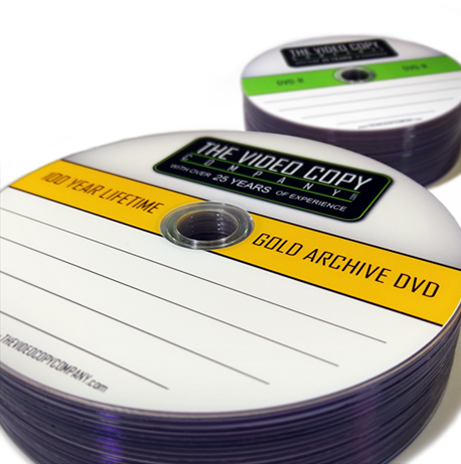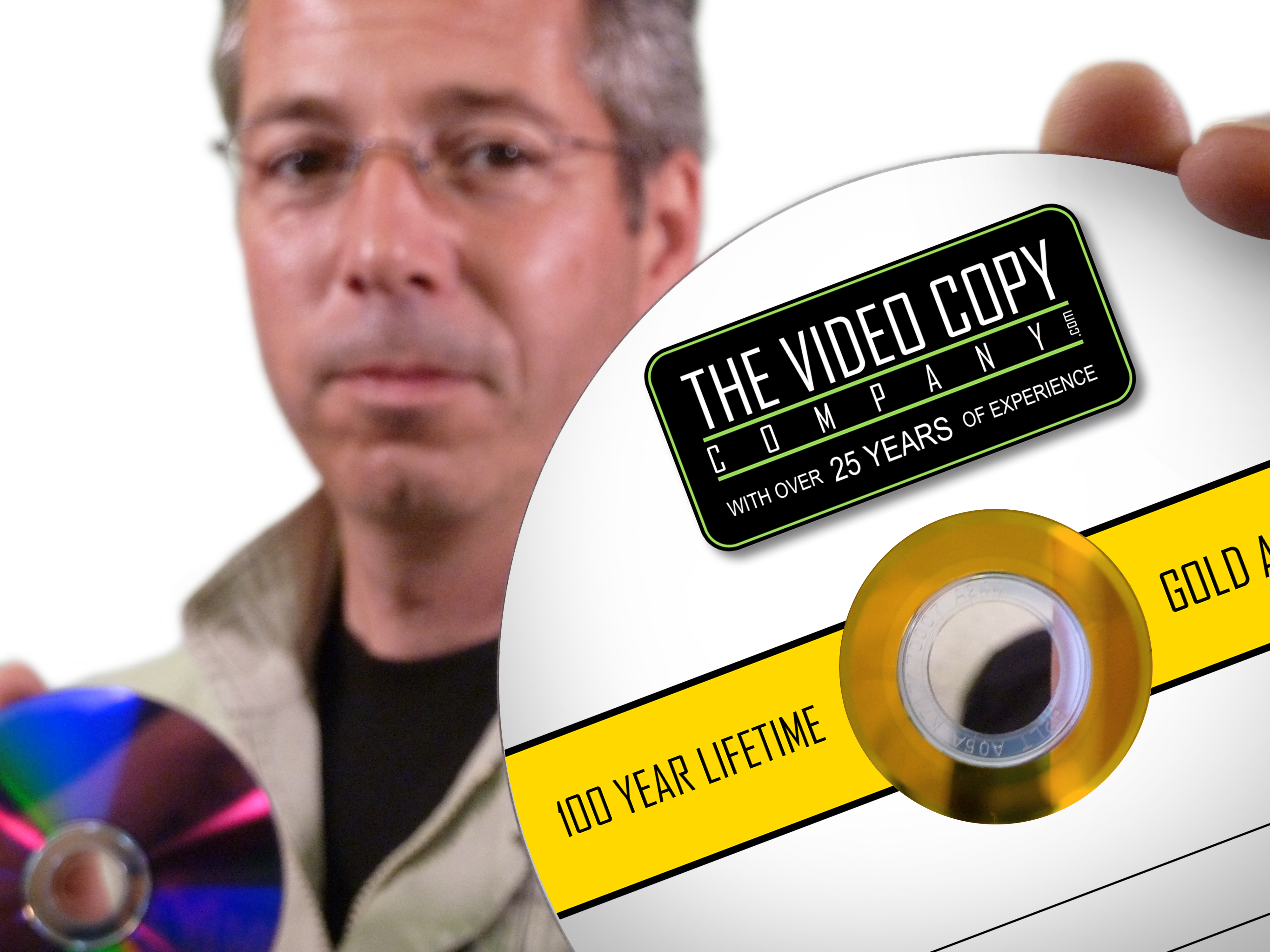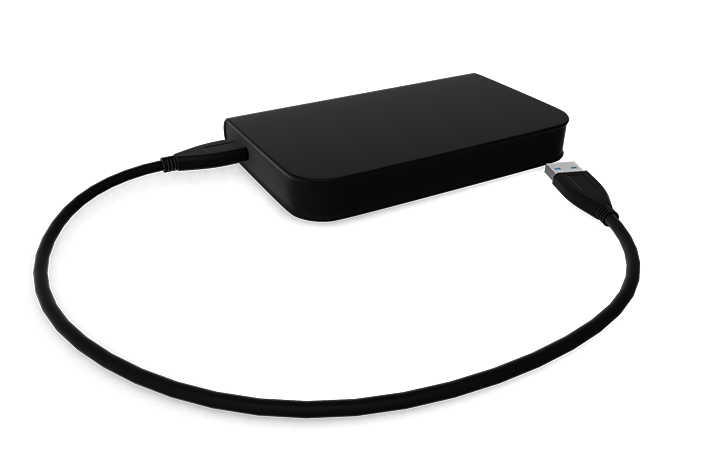Hints: What Should I Transfer My Videos To?
Scroll down for more
That choice is yours, and it all depends on what you want to do with the footage once you get it home or to the office. It can also depend on the equipment and software you have, and the knowledge you have when it comes to using it.
Here at The Video Copy Company, we provide various options when it comes to backing up your precious memories;
The most common conversion that we do here is a Video to DVD Transfer. This involves running the video tape through one of our industrial video players and into a machine which will convert the video from, in most cases, an analogue signal into a digital one, burning it onto a DVD-R disc.
We offer two different types of DVD-R disc; Standard DVD-R and Gold Archive DVD-R.
DVD-R was introduced in 1997 by Pioneer and is supported by most DVD players (there is another format called DVD+R which is supported by fewer DVD players. It is important you know which format your DVD player prefers as we cannot be held responsible for converting to the wrong format). We can convert to DVD+R but you must let us know you require this format before we do the conversion.
 DVD-R was supposed to supposed to last forever, but it was later discovered that this was not the case. The data burnt to a Standard DVD-R can last between 2-10 years. Sometimes more, sometimes less. At The Video Copy Company, we only use A-grade discs, so our recordings should last 10 years or more.
DVD-R was supposed to supposed to last forever, but it was later discovered that this was not the case. The data burnt to a Standard DVD-R can last between 2-10 years. Sometimes more, sometimes less. At The Video Copy Company, we only use A-grade discs, so our recordings should last 10 years or more.
Gold Archive DVD-R was then developed, which uses layers of real gold and silver to lock the burnt-in information to be hold in place for up to 100 years. You can find out more in-depth information about the differences between Standard and Gold Archive DVD-Rs here…
Though the picture quality, audio quality and storage size are all the same, and both discs can be physically damaged with scratches and finger prints, a well stored Gold Archive DVD-R should last for generations.
An increasingly more common conversion that we also do here is a Video to MP4 Transfer. This involves running the video tape through one of our industrial video players and into a computer, which will then convert the video file into a format that the general public can easily handle, such as MP4.
Before the conversion, we can edit the footage if you so wish, but we would need some clear instructions to make sure we don’t cut something out that we shouldn’t! We can also add titles and music to your video, maybe even brighten up dark bits too. We also make sure there is no “fuzzy/snowy video” at the start and end of your film though.
We can convert the video into other formats, such as MPEG2, AVI, Quicktime, to name but a few. It depends what you want to do with the video and how much storage space is available.
If you bring in HDV tapes, then we can either keep your videos in HD resolution or down-convert them to standard definition.
MP4 is the most common format used as it is compatible with most modern smart TVs, PCs, Macs, smartphones, tablets, video game consoles and so on.
We like to convert videos to a high quality MP4 file as this will be suitable for re-editing in the future and will look great on high quality TVs. For standard definition, we usually convert videos at a maximum of 14mbs – which is much higher than DVD quality. For high definition, we usually convert videos at 25mbs – which is higher than AVCHD camcorders and similar to some Blu-ray recordings. For HD, we can convert to up to 50mbs but this can take up an awful lot of storage space.
 Once your videos are converted, they can then be copied to a USB device like a pen or an external hard drive, depending on how much footage you have. If you don’t have much footage, it might be possible to copy the files to a DVD, which can be the cheaper option.
Once your videos are converted, they can then be copied to a USB device like a pen or an external hard drive, depending on how much footage you have. If you don’t have much footage, it might be possible to copy the files to a DVD, which can be the cheaper option.
When deciding how much storage space is required, one hour of standard definition footage takes up roughly 6GB of space, whereas one hour of high definition footage tapes up around 9GB of space using the quality settings mentioned above.
We always advise our customers to check that their equipment can support the playback of digital video files from their chosen USB device. Some equipment may require the USB device be formatted in a certain way (for example PCs can support NTFS, FAT32 and exFAT, whereas a Mac would need large files copying to an exFAT device).
Some smart TVs will only support USB devices up to a certain size, and if you plug in a larger device than what is officially supported, it may simply not be accessible, it might not show anything stored over and beyond its limit, or it may cause other problems.
Like we said earlier; the choice is yours…
